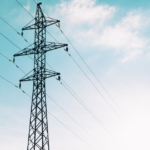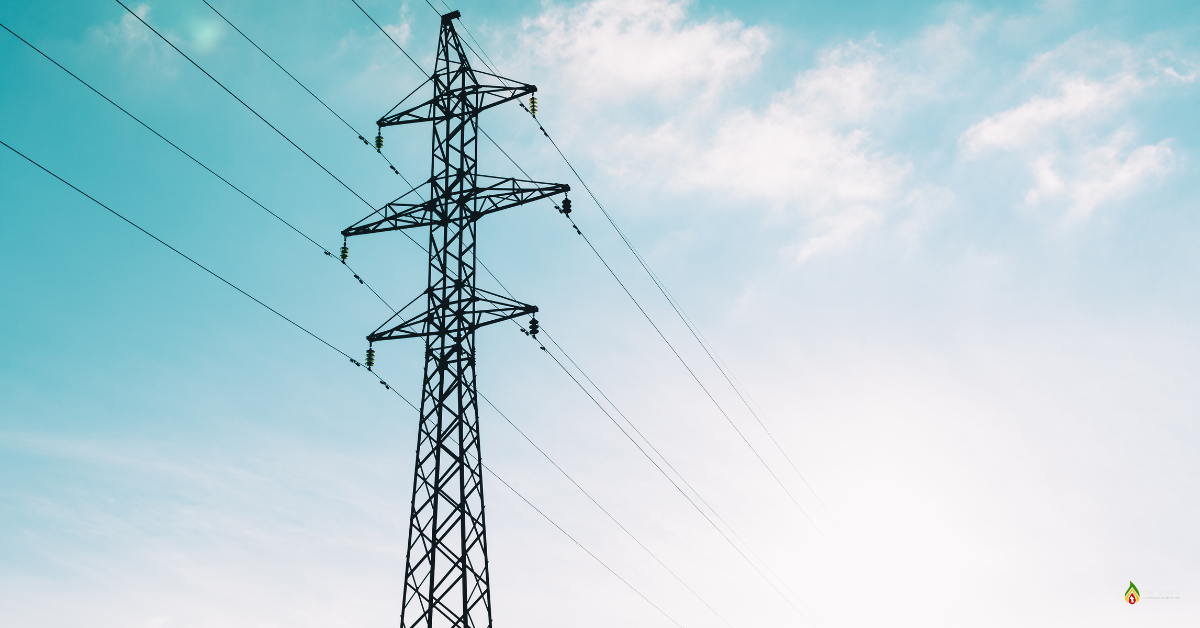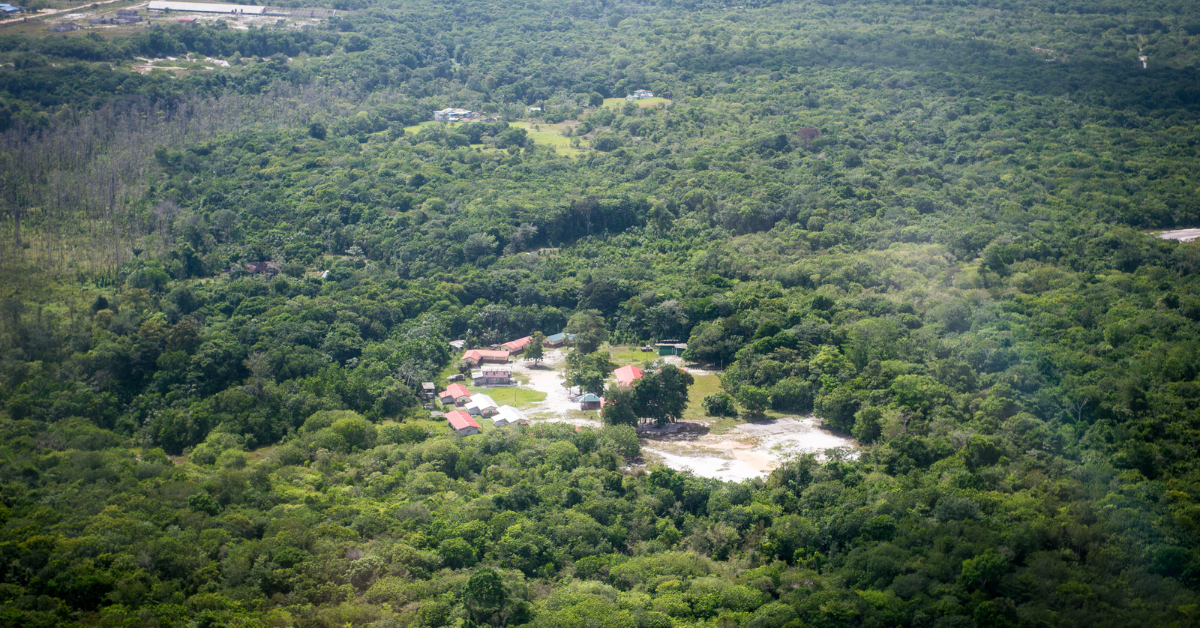Guyana Power and Light (GPL) Inc. has contracted a floating electric power station (‘power ship’) from UCI, a subsidiary of UCC Holding, a Qatari company, to provide additional electricity to Guyana’s electric power grid, which has recently been failing in a spectacular manner resulting in multiple hours-long power blackouts for GPL customers. Regarding the costs of this emergency operation, there have been conflicting numbers floating in the press in recent days. Herewith, the Oil & Gas Governance Network (OGGN) Guyana would like to provide a realistic estimate of the overall costs to GPL based on the public information released to date. Ultimately, these costs will be shouldered by the customers of GPL.
It is important to stress that there are multiple variables, which can influence the cost calculations. What is the fuel efficiency of the generators on board of the power ship? How much fuel is required to produce 1 kWh of electricity? What are the actual fuel costs including transport to the power ship? Will the full electricity production capacity be required over the entire two years of the contract? What are the costs for installation and decommissioning of the power ship? Given these variables, a model calculation, which assumes that the generators will run at 100% capacity for 24 hours over two years, will be presented. It is unlikely that this will be the case, but by taking this approach underestimation of other variables is likely to be compensated.
The costs payable by GPL to the Qatari contractor are comprised of a monthly charter fee of USD 0.0662 plus an operation and maintenance fee of USD 0.0098 to be paid per kWh of electricity produced. The total fees are therefore USD 0.076 per kWh of electricity produced. In addition, there is a mobilization fee of USD 1 million to be paid to the contractor.
Based on the agreement signed, GPL will have to provide the fuel. No numbers have been communicated about the type and amount of fuel needed to produce 1 kWh of electricity on the floating power station. Using heavy fuel oil (HFO), approximately 0.25 liter would on average be required to generate 1 kWh of electricity. The average price of HFO on the world market is about USD 0.53 per liter, which excludes transport costs to Guyana. Typically, the costs of HFO are about 60% of that for diesel fuel. Given that 1 liter of diesel fuel costs USD 1.20 in Guyana, we are estimating that 1 liter of HFO will cost USD 0.72 and the fuel costs would amount to USD 0.180/kWh. Hence, the total costs per kWh electricity produced are (USD 0.076 kWh fees + USD 0.180 kWh fuel costs) about USD 0.256/kWh. Importantly, the costs per kWh of electricity will be significantly higher, if diesel fuel were to be used in place of HFO. In this case, the cost would increase to USD 0.376/kWh (USD 0.076 kWh fees + USD 0.300 kWh fuel costs).
Given these numbers, what are the annual costs of electricity production using the Qatari power ship, which harbours a 36 MW (36,000 kW) power generator on board? The maximal annual electricity production is calculated as follows: 36,000 kW x 24 h x 365 d = 315,360,000 kWh. At electricity costs of USD 0.256/kWh, this amounts to USD 81 million USD per year. The contract runs for two years and there is a mobilization fee of USD 1 million. Hence, the overall costs would be USD 163 million. For comparison, these costs would increase to USD 237 million, if diesel fuel would be used for electricity production on the power ship. Irrespective of the type of fuel used, the contractual fees payable to the Qatari contractor (USD 0.076 per kWh; plus USD 1 million mobilization fee) can be as high as USD 50 million.
In short, the estimated overall costs range between USD 163 million (using HFO) or USD 237 million (diesel) with USD 200 million being the average. This number does not include the significant costs that GPL has to spend for site preparation at the harbour in Everton, Berbice, Region 6. In addition, GPL will have to construct new transmission lines to connect the power ship to the Demerara-Berbice Interconnected System. Finally, dismantling costs will be incurred after two years, when operation of the power ship ceases. To date, GPL has not communicated estimates for any of these necessary works. Hence, total cost of up to USD 200 million for two years of electricity production are likely. This would translate to USD 0.32 per kWh for the electricity produced on the power ship. This number appears to be realistic given that GPL costumers pay currently about USD 0.30 per kWh of electricity.
More troubling is however the fact that GPL is paying up to USD 50 million to the Qatari contractor for an electric power generation capacity, which will disappear to other shores after two years of operation. By contrast, a new off-the-shelf 36 MW Caterpillar D 3616 Diesel Generator could have been purchased for merely USD 8.3 million (excluding shipping and installation) from USP&E in the United States (https://www.uspeglobal.com/listings/1759899-36-mw-2009-new-caterpillar-d-3616-diesel-generator-sets). The generator is ready for shipping, comes with full warranty, and would have served GPL and its customers for many years to come. Given this cost-effective alternative, why are GPL customers still accepting expensive solutions of a GPL management, which has failed to meet most of its operating standards and performance targets for 2023 as was made public by the Public Utilities Commission (PUC) earlier last week?
Yours faithfully,
Andre Brandli, PhD
on behalf of the OGGN Guyana (www.oggn.org/about)
Article Originally Published At: https://www.stabroeknews.com/2024/05/05/opinion/letters/gpl-will-be-paying-up-to-us50m-to-qatari-contractor-for-power-ship-that-will-sail-off-in-two-years/











